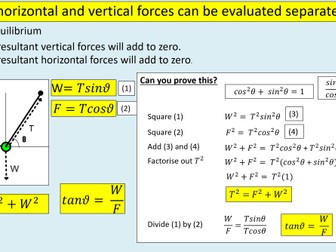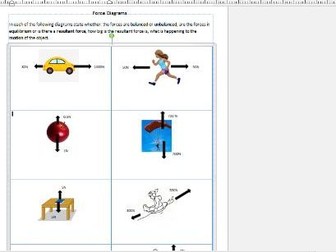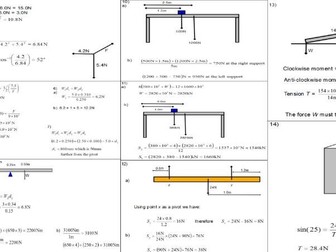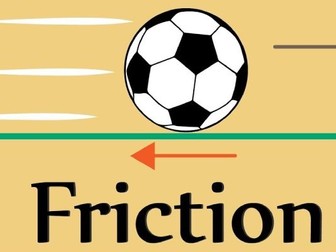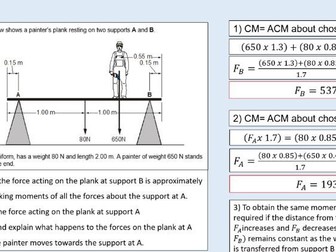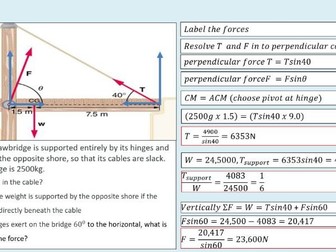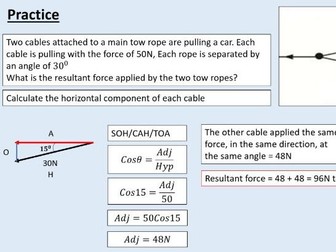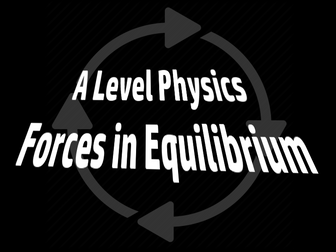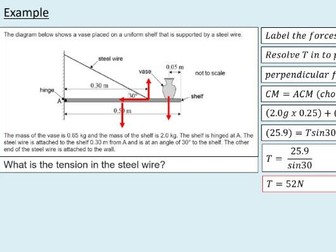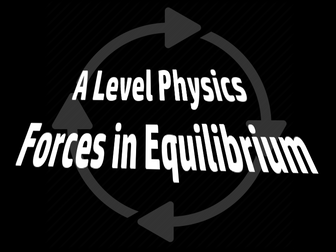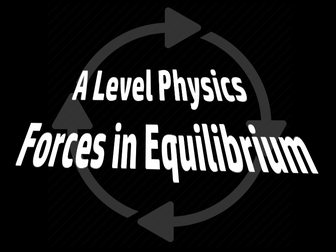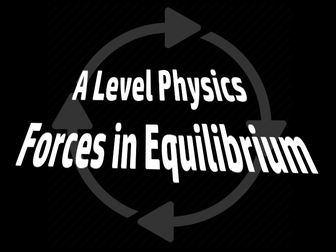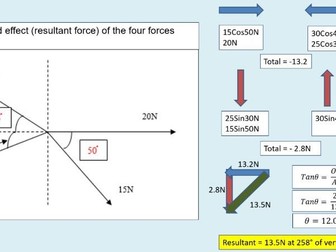Bundle
(Chapter 06 BUNDLE) A level Physics - Mechanics and materials - Forces in equilibrium
<p>This bundle contains 7 lessons and an end of unit assessment</p>
<p>Each lesson follows the AQA Physics: A Level Year 1 and AS textbook <a href="https://amzn.to/3BGFsD5" target="_blank" rel="nofollow">https://amzn.to/3BGFsD5</a></p>
<p>The lessons are complete and designed to be taught over a period of 90 minutes. They are fully animated and contains fully worked out answers to every question.</p>
<p><strong>The format</strong></p>
<ul>
<li>A recall starter activity to help store key definitions and ideas to long term memory.</li>
<li>Clear slides presented in a logical order, which can be used to talk through and explain the key concepts of the lesson.</li>
<li>Questions and example slides, which can be used to model perfect exam ready answers.</li>
<li>Summary questions to practice and consolidate the new knowledge gained from the lesson.</li>
</ul>
